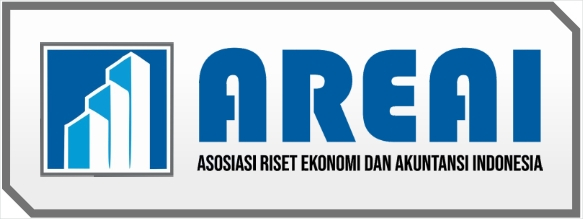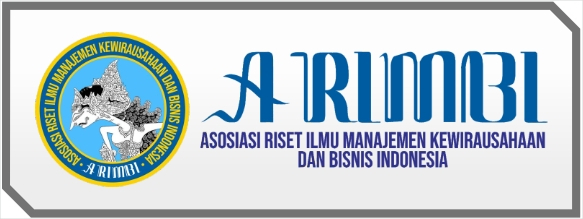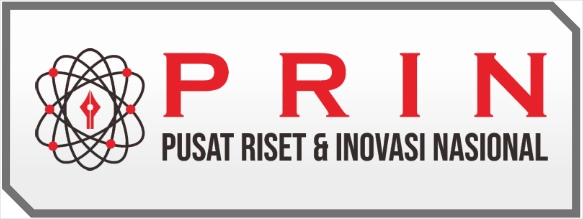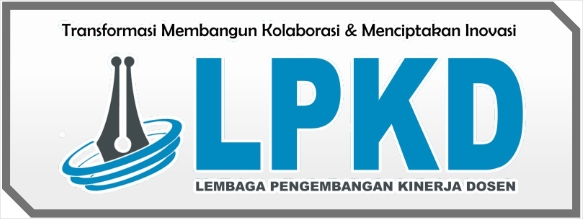Pengaruh Kepemimpinan Etis Terhadap Keterlibatan Karyawan dan Perilaku Organisasi
DOI:
https://doi.org/10.55606/cemerlang.v1i3.2799Keywords:
Ethical Leadership, Employee Engagement, Organizational Behavior.Abstract
This study examines the impact of ethical leadership on both employee engagement and organizational behavior through a multilevel analysis. Ethical leadership, characterized by integrity, fairness, and ethical decision-making, is increasingly recognized as a crucial factor in shaping organizational outcomes. Drawing upon data from multiple levels within organizations, including individual employees and their respective teams, this research employs statistical techniques to explore the intricate relationships between ethical leadership, employee engagement, and organizational behavior. Findings suggest that ethical leadership positively influences both employee engagement and organizational behavior at both individual and group levels. Moreover, the study elucidates the mediating role of employee engagement in the relationship between ethical leadership and organizational behavior, underscoring the importance of fostering ethical leadership behaviors for promoting a positive organizational culture and enhancing employee contributions beyond formal role requirements.
References
Bakker, A. B., & Albrecht, S. L. (2018). Work engagement: Current trends. Career Development International, 23(1), 4–11.
Bass, B. M., & Avolio, B. J. (1995). MLQ: Multifactor leadership questionnaire. Mind Garden.
Bliese, P. D., & Hanges, P. J. (2004). Being both too liberal and too conservative: The perils of treating grouped data as though they were independent. Organizational Research Methods, 7(4), 400–417.
Brown, M. E., Treviño, L. K., & Harrison, D. A. (2005). Ethical leadership: A social learning perspective for construct development and testing. Organizational behavior and Human Decision Processes, 97(2), 117–134.
Brown, M. E., & Treviño, L. K. (2006). Ethical leadership: A review and future directions. The Leadership Quarterly, 17(6), 595–616.
Eisenbeiss, S. A., Knippenberg, D. V., & Fahrbach, C. M. (2019). Doing well by doing good? Analyzing the relationship between CEO ethical leadership and firm performance. Journal of Business Ethics, 156(2), 391–409.
Enders, C. K., & Gottschall, A. C. (2011). Multiple imputation strategies for multiple group structural equation models. Structural Equation Modeling: A Multidisciplinary Journal, 18(1), 35–54.
Hox, J. J. (2010). Multilevel analysis: Techniques and applications (2nd ed.). Routledge.
Kozlowski, S. W. J., & Klein, K. J. (2000). A multilevel approach to theory and research in organizations: Contextual, temporal, and emergent processes. In K. J. Klein & S. W. J. Kozlowski (Eds.), Multilevel theory, research, and methods in organizations: Foundations, extensions, and new directions (pp. 3–90). Jossey-Bass.
Kumandang, C., & Hendriyeni, N. S. (2021). Do awarded companies have fewer earnings management practices? Contemporary Research on Business and Management, 25–28. https://doi.org/10.1201/9781003196013-7
Mayer, D. M., Aquino, K., Greenbaum, R. L., & Kuenzi, M. (2009). Who displays ethical leadership, and why does it matter? An examination of antecedents and consequences of ethical leadership. Academy of Management Journal, 52(2), 389–406.
Organ, D. W. (1988). Organizational citizenship behavior: The good soldier syndrome. Lexington Books.
Podsakoff, P. M., MacKenzie, S. B., & Podsakoff, N. P. (2012). Sources of method bias in social science research and recommendations on how to control it. Annual Review of Psychology, 63, 539–569.
Podsakoff, P. M., MacKenzie, S. B., Paine, J. B., & Bachrach, D. G. (2000). Organizational citizenship behaviors: A critical review of the theoretical and empirical literature and suggestions for future research. Journal of Management, 26(3), 513–563.
Resick, C. J., Martin, G. S., Keating, M. A., Dickson, M. W., Kwan, H. K., & Peng, C. (2013). What ethical leadership means to me: Asian, American, and European perspectives. Journal of Business Ethics, 117(1), 135–145.
Saks, A. M. (2006). Antecedents and consequences of employee engagement. Journal of Managerial Psychology, 21(7), 600–619.
Schaufeli, W. B., Salanova, M., González-Romá, V., & Bakker, A. B. (2002). The measurement of engagement and burnout: A two sample confirmatory factor analytic approach. Journal of Happiness Studies, 3(1), 71–92.
Treviño, L. K., Brown, M., & Hartman, L. P. (2003). A qualitative investigation of perceived executive ethical leadership: Perceptions from inside and outside the executive suite. Human Relations, 56(1), 5–37.
Walumbwa, F. O., Wang, P., Wang, H., Schaubroeck, J., & Avolio, B. J. (2010). Psychological processes linking authentic leadership to follower behaviors. Leadership Quarterly, 21(5), 901–914.
Walumbwa, F. O., Mayer, D. M., Wang, P., Wang, H., Workman, K., & Christensen, A. L. (2011). Linking ethical leadership to employee performance: The roles of leader–member exchange, self-efficacy, and organizational identification. Organizational behavior and Human Decision Processes, 115(2), 204–213.
Downloads
Published
How to Cite
Issue
Section
License
Copyright (c) 2021 CEMERLANG : Jurnal Manajemen dan Ekonomi Bisnis

This work is licensed under a Creative Commons Attribution-ShareAlike 4.0 International License.




















